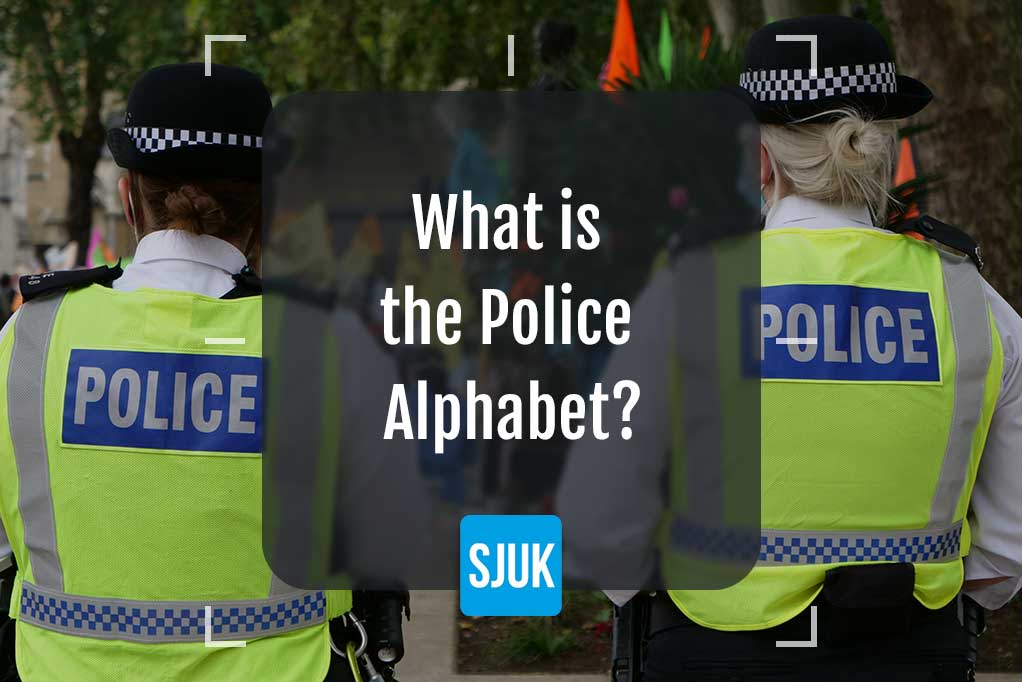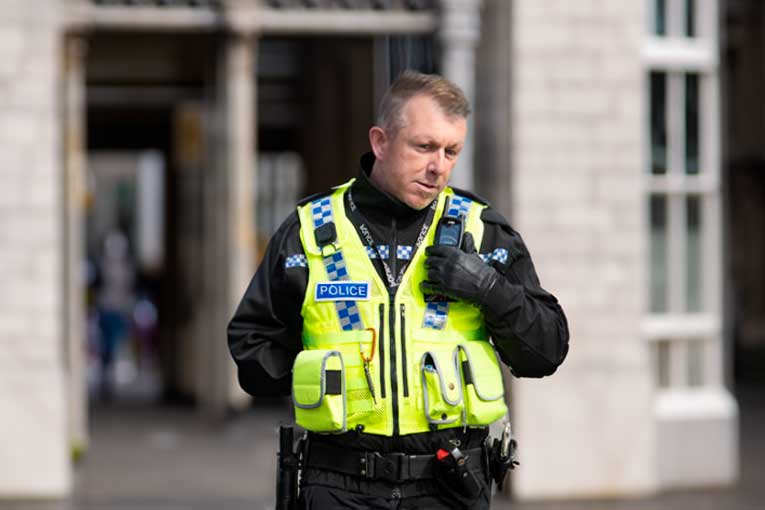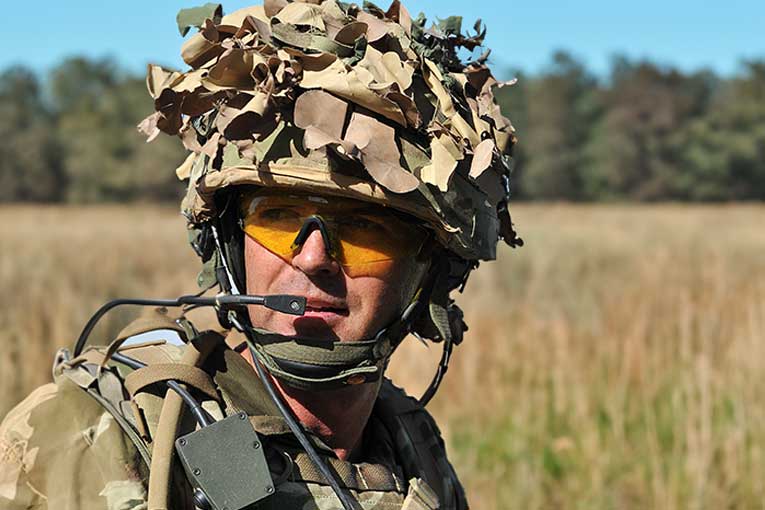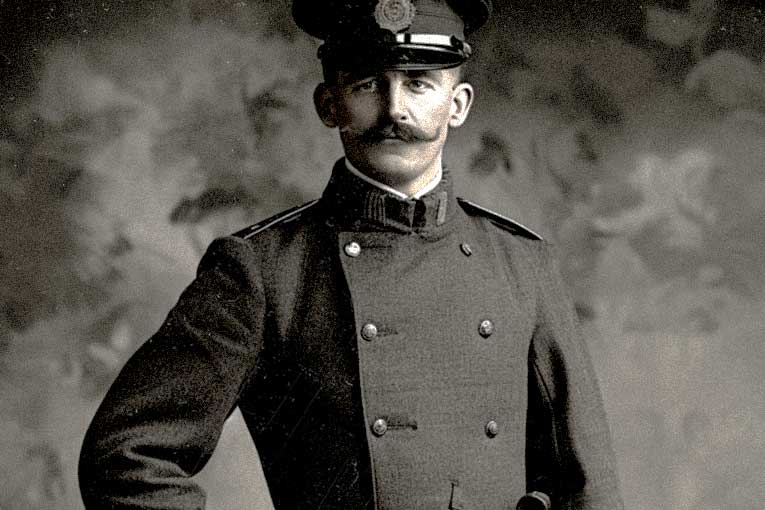
The Police Alphabet, also referred to as the NATO Alphabet or Phonetic Alphabet, is an indispensable tool deeply embedded in communication practices within law enforcement and various professional sectors.
Its significance extends beyond mere spelling; it serves as a linguistic bridge, ensuring clarity and precision, especially in situations where conventional language might falter.
To fully grasp its importance, one must delve into the origins, explore its diverse applications, and appreciate how this phonetic system has evolved over time.
As an integral aspect of effective communication, the Police Alphabet has become a universal language, fostering clear and unambiguous exchanges in critical contexts.
Table of Contents
Toggle
The Police Alphabet, also known as the British Alphabet Phonetics or International Radiotelephony Spelling Alphabet (IRSA), is a standardised system designed to improve communication clarity, particularly in environments where misunderstandings could have serious consequences.
This phonetic system assigns specific words to each letter of the alphabet, providing a clear and unambiguous way to transmit information verbally.
Here is the A to Z breakdown of the Police Alphabet:
Each word in the Police Alphabet is carefully chosen to be distinct and easily understandable, even in challenging conditions.
In various professional fields, the Police Alphabet has become a universal language, aiding communication.
This standardised phonetic system has proven invaluable in situations where spelling out words using conventional language could lead to misunderstandings or errors.

The Police Alphabet is used for a variety of critical reasons, primarily centred around enhancing communication clarity in environments where precision is paramount.
Here are key reasons why the Police Alphabet is widely adopted:
The primary objective of the Police Alphabet is to provide a standardised and universally understood method for representing each letter of the alphabet.
This significantly reduces the likelihood of confusion or misinterpretation during verbal communication, especially in situations where clarity is crucial.
Conventional spelling of letters can introduce ambiguity, particularly in conditions with background noise, interference, or over radio transmissions.
The Police Alphabet eliminates this ambiguity by assigning distinct and easily distinguishable words to each letter.
This ensures that each letter is clearly understood, even in challenging environments.
In professions where rapid and precise communication is essential, such as law enforcement, emergency services, and military operations, the Police Alphabet serves as linguistic anchors.
It acts as a shorthand, enabling efficient transmission of information without relying on conventional spelling, which can be time-consuming and prone to errors.
The Police Alphabet provides a universal standard for communication, allowing individuals from different regions or linguistic backgrounds to communicate seamlessly.
This standardisation is particularly crucial in multinational operations, where a consistent method of letter representation is essential.
The use of the Police Alphabet reflects a commitment to professionalism and adherence to established communication protocols.
In law enforcement, emergency services, aviation, and other fields, following a standardised phonetic system instils discipline and ensures a high level of communication efficiency.
When transmitting information over radios, the Police Alphabet significantly improves the accuracy of verbal exchanges.
The phonetic words are chosen to be distinct and easily distinguishable, minimising the risk of miscommunication, especially in situations where letters might sound similar.

The use of the Police Alphabet extends beyond law enforcement and finds application in various other fields where clear and precise communication is crucial.
Here are key areas where the Police Alphabet is employed:
Similar to its use in law enforcement, the Police Alphabet is extensively used in military operations, particularly during radio communications.
Clear and unambiguous communication is essential for coordination and tactical execution in the armed forces.
Pilots and air traffic controllers rely on the Police Alphabet to avoid misunderstandings in radio communications.
Clarity in communication is vital for safe takeoffs, landings, and in-flight coordination, making the Phonetic Alphabet indispensable in aviation.
First responders, paramedics, and emergency services personnel use the Police Alphabet during radio transmissions to relay information swiftly and precisely.
In high-pressure situations, where every moment counts, the Phonetic Alphabet streamlines communication.
The Police Alphabet is employed in telecommunications, particularly in customer service and technical support.
Conveying letters or codes accurately is essential in these fields, and the Phonetic Alphabet reduces the chances of errors, ensuring efficient communication.
Maritime and navigation industries utilise the Police Alphabet for effective communication between vessels, shore stations, and maritime authorities.
Clarity in communication is crucial for navigation and ensuring maritime safety.
While the specific version of the Police Alphabet may vary, the use of phonetic alphabets for clear communication is common among law enforcement agencies globally.
It serves as a standardised method for verbalising letters, facilitating seamless communication within and across agencies.
Firefighters often employ the Police Alphabet during radio communications to ensure clarity in conveying information about fire incidents, rescue operations, and coordination among team members.
Private security firms and personnel also utilise the Police Alphabet, especially in situations where verbal communication needs to be precise and easily understood.
In search and rescue missions, where effective communication is critical, the Police Alphabet aids in conveying information accurately and quickly, contributing to the success of rescue operations.
The Police Alphabet may be employed in public events, crowded spaces, or situations where traditional spelling might lead to confusion.
It enhances communication efficiency in these scenarios.

The development of the Police Alphabet can be traced through various branches of the armed forces and emergency services.
Let’s delve into its historical journey:
The use of a phonetic alphabet during World War I can be considered the precursor to the modern Police Alphabet.
Different branches of the armed forces, including the Army, Navy, and Royal Flying Corps (later the Royal Air Force), developed their own phonetic alphabets to improve communication in the chaotic and noisy environments of the battlefield.
After World War I, the use of phonetic alphabets continued to evolve.
Standardisation efforts began to emerge to ensure consistency across different branches of the armed forces.
The need for precise communication persisted during World War II, prompting further refinement of the phonetic alphabets.
The armed forces recognized the importance of a unified and standardised phonetic alphabet.
In 1956, the NATO Phonetic Alphabet was introduced to provide a common set of words for communication among NATO member nations.
Today, the NATO Phonetic Alphabet is the most widely recognized and adopted version of the Police Alphabet.
It serves as a global standard for clear communication, transcending military contexts and finding application in diverse professional fields.
The Police Alphabet, born from the necessities of conflict and refined through the decades, stands as a linguistic tool that transcends military origins.
Its universal adoption in diverse professional domains emphasises its enduring role in enhancing communication precision.
The Police Alphabet remains a testament to the quest for clarity and accuracy in verbal exchanges.
Its legacy underscores the significance of standardised communication tools in fostering effective and unambiguous dialogue across various sectors.